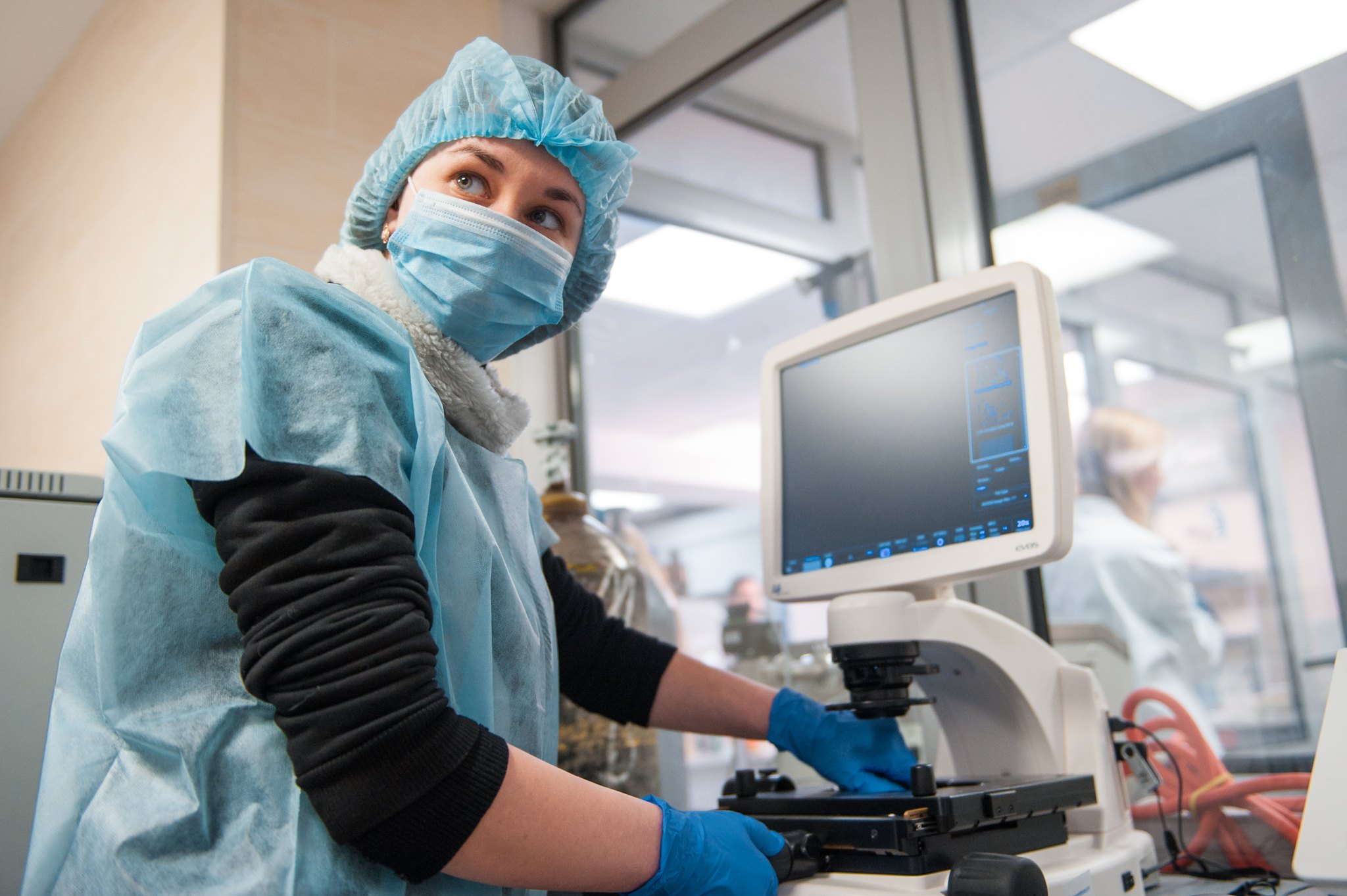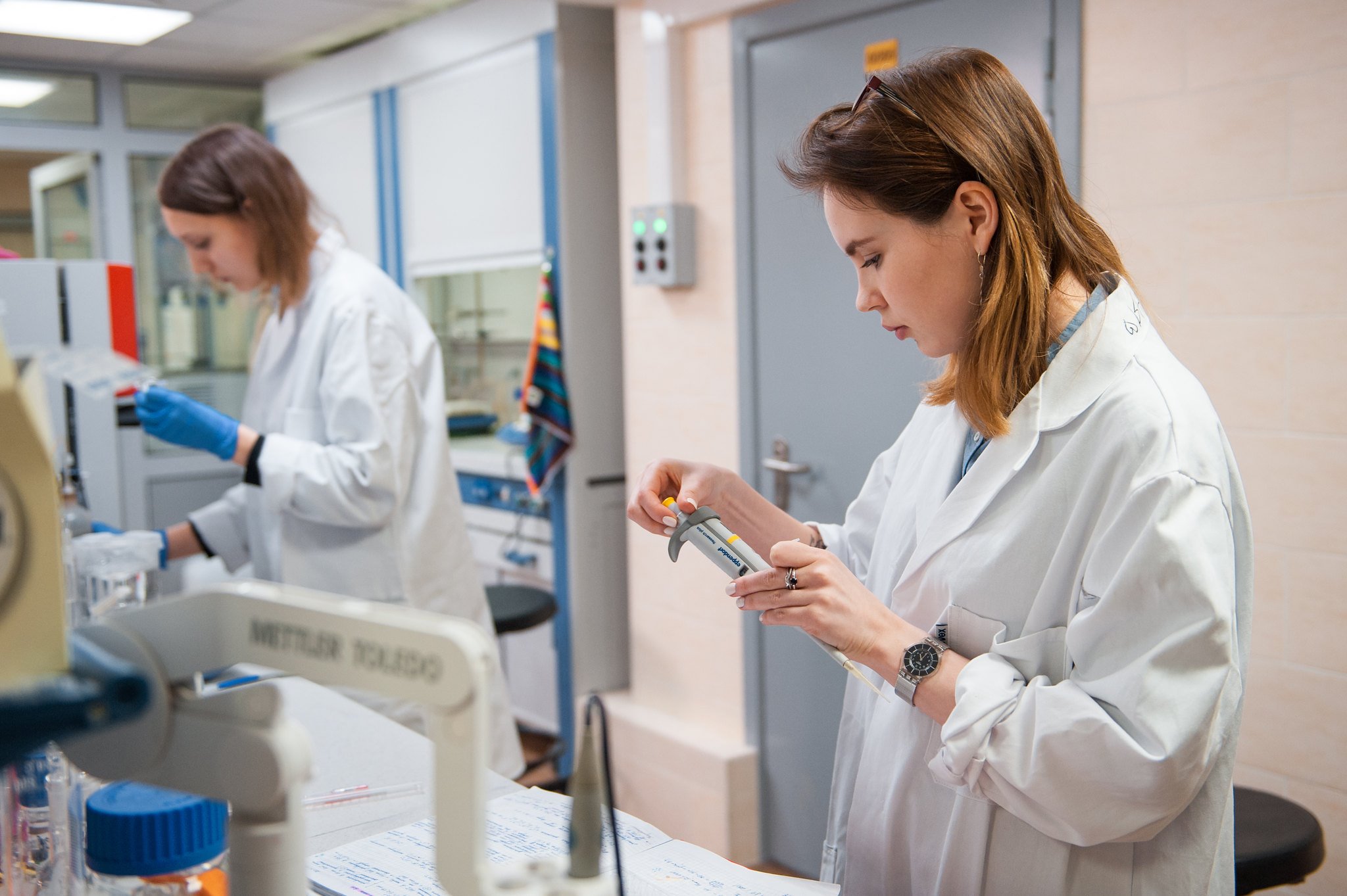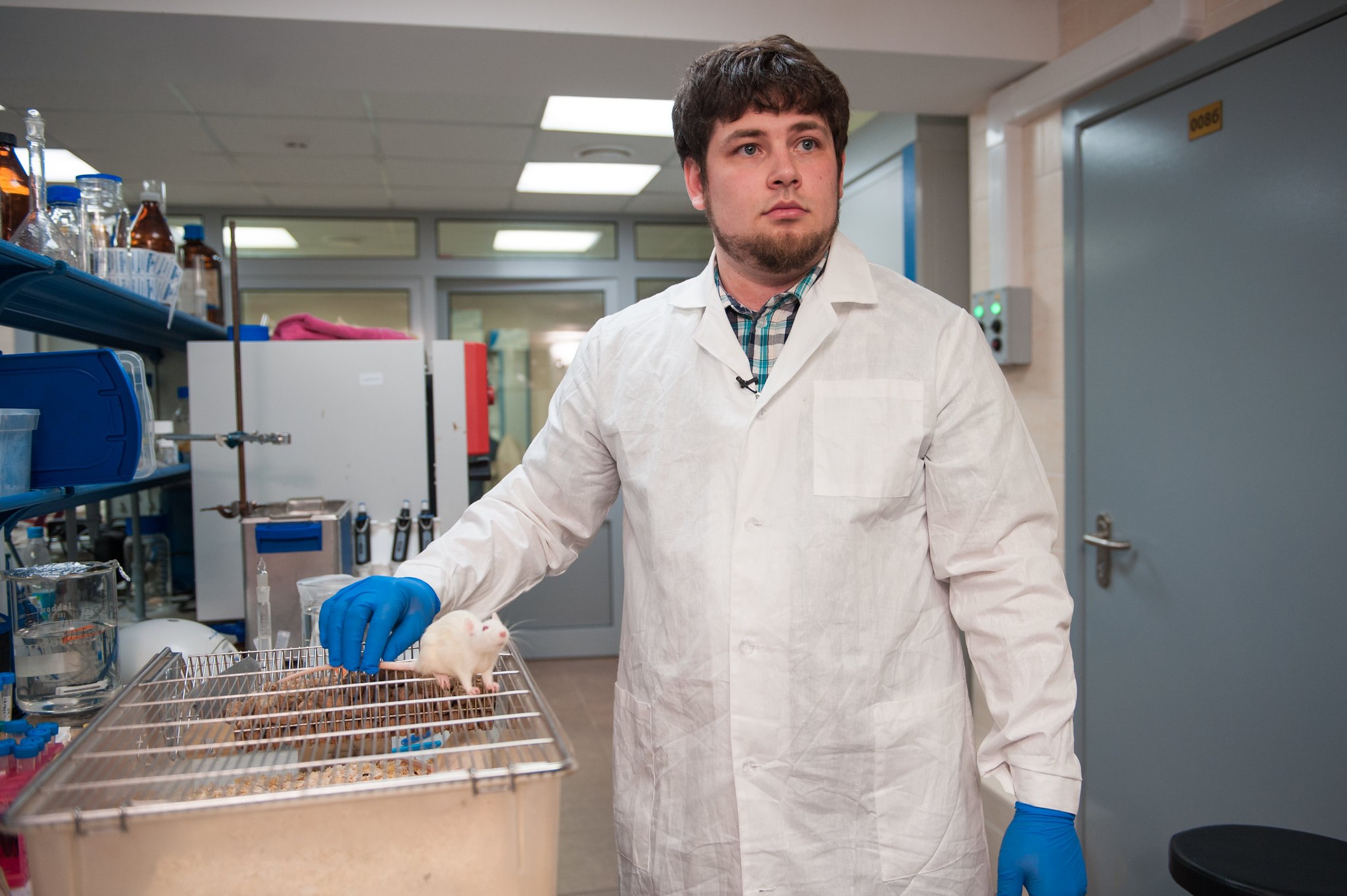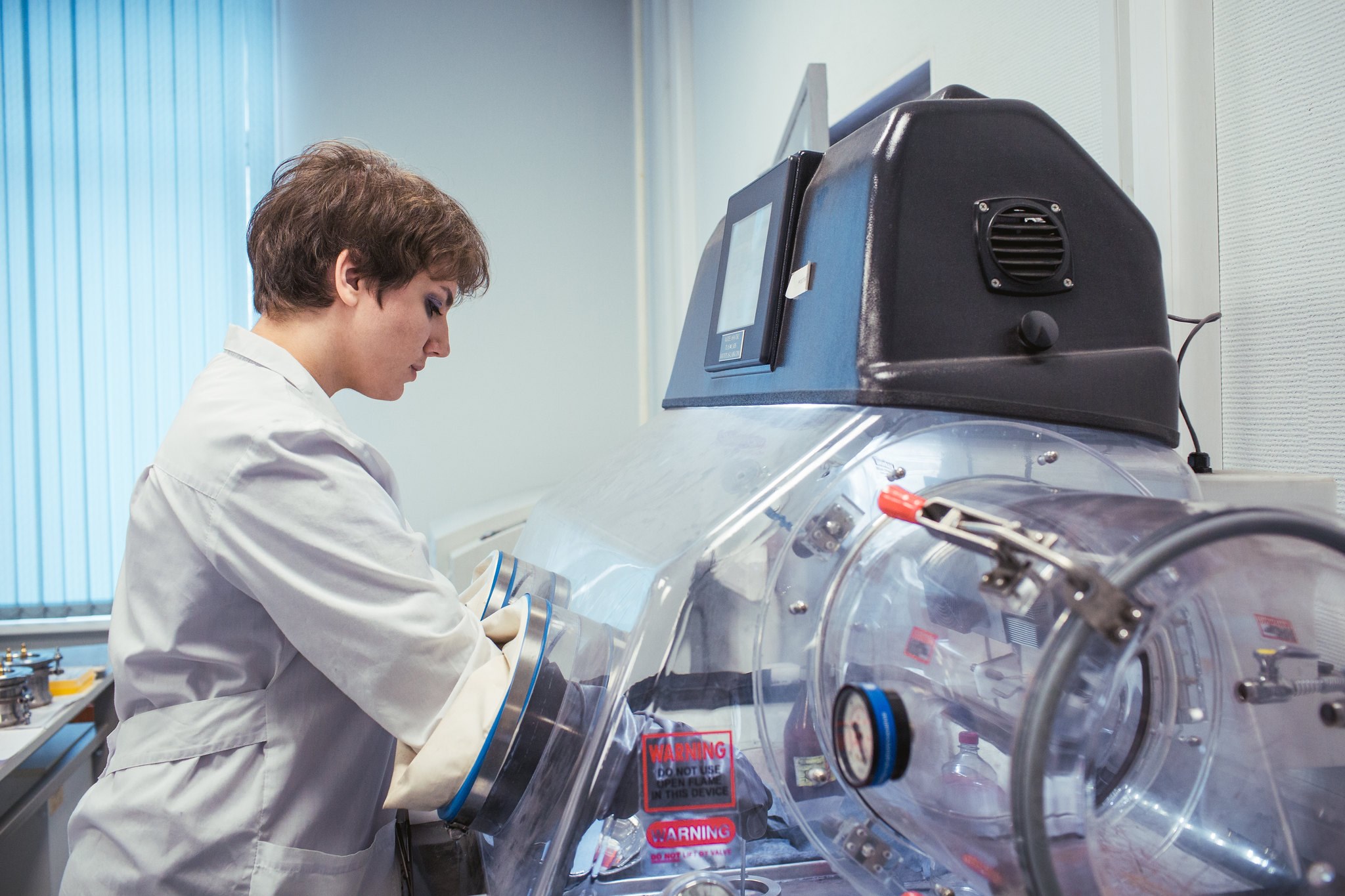The kidneys are the way out
Scientists from the laboratory "Biomedical Nanomaterials" NITU MISiS together with colleagues from the Russian National Research Medical University named after N.I. Pirogov revealed a new mechanism for the removal of nanoparticles through the kidneys, which will help to create more effective and safe drugs. The results of the study are published in the journal " Journal of Controlled Release ".

Hereinafter in the photo - the laboratory "Biomedical nanomaterials"
The development of nanoparticles - carriers for drugs that accumulate in the target organs and are safely metabolized remains a big scientific problem. The distribution and metabolism of nanoparticles is determined by many factors, in particular, their size, composition, surface charge and coating.

In the human body, the main organ that captures and destroys nanoparticles is the liver. The possibility of renal filtration and excretion in the urine is limited by the pore size of the internal structures of the kidney (≈6 nm), although there is increasing evidence that larger nanoparticles can still be excreted in the urine.

Scientists NITU MISiS together with colleagues from the Russian National Research Medical University named after N.I. Pirogov discovered the possibility of removing nanoparticles of cubes and clusters of iron oxide with a size of 140 nanometers through the kidneys.

" The combination of methods - atomic emission spectroscopy, fluorescence microscopy and magnetic resonance imaging - revealed the rapid accumulation of magnetic nanoparticles in the kidneys. Moreover, intravital microscopy made it possible to track in real time the transport of nanoparticles from the blood into the lumen of the renal tubules one hour after injection . in this case, two hours later, magnetic nanoparticles were detected in the urine of animals by transmission microscopy ", - said one of the authors of the study, Head Labora oriey Biomedical nanomaterials NUST MISA Maxim Abakumov.

Head of the Laboratory Biomedical Nanomaterials NITU MISiS Maxim Abakumov
The results suggest that it is possible to transport nanoparticles through the endothelial barrier, not into the filtering glomerulus of the kidney, but directly into the renal tubule.
The study showed the fundamental possibility of creating magnetic nanoparticles that will be excreted through the kidneys, reducing the total dose and side effects, and not linger in the liver for several weeks until completely dissolved.

Scientists plan to study the most optimal surface design and structure of magnetic nanoparticles to increase the efficiency of excretion by the kidneys.

Hereinafter in the photo - the laboratory "Biomedical nanomaterials"
The development of nanoparticles - carriers for drugs that accumulate in the target organs and are safely metabolized remains a big scientific problem. The distribution and metabolism of nanoparticles is determined by many factors, in particular, their size, composition, surface charge and coating.

In the human body, the main organ that captures and destroys nanoparticles is the liver. The possibility of renal filtration and excretion in the urine is limited by the pore size of the internal structures of the kidney (≈6 nm), although there is increasing evidence that larger nanoparticles can still be excreted in the urine.

Scientists NITU MISiS together with colleagues from the Russian National Research Medical University named after N.I. Pirogov discovered the possibility of removing nanoparticles of cubes and clusters of iron oxide with a size of 140 nanometers through the kidneys.

" The combination of methods - atomic emission spectroscopy, fluorescence microscopy and magnetic resonance imaging - revealed the rapid accumulation of magnetic nanoparticles in the kidneys. Moreover, intravital microscopy made it possible to track in real time the transport of nanoparticles from the blood into the lumen of the renal tubules one hour after injection . in this case, two hours later, magnetic nanoparticles were detected in the urine of animals by transmission microscopy ", - said one of the authors of the study, Head Labora oriey Biomedical nanomaterials NUST MISA Maxim Abakumov.

Head of the Laboratory Biomedical Nanomaterials NITU MISiS Maxim Abakumov
The results suggest that it is possible to transport nanoparticles through the endothelial barrier, not into the filtering glomerulus of the kidney, but directly into the renal tubule.
The study showed the fundamental possibility of creating magnetic nanoparticles that will be excreted through the kidneys, reducing the total dose and side effects, and not linger in the liver for several weeks until completely dissolved.

Scientists plan to study the most optimal surface design and structure of magnetic nanoparticles to increase the efficiency of excretion by the kidneys.
All Articles